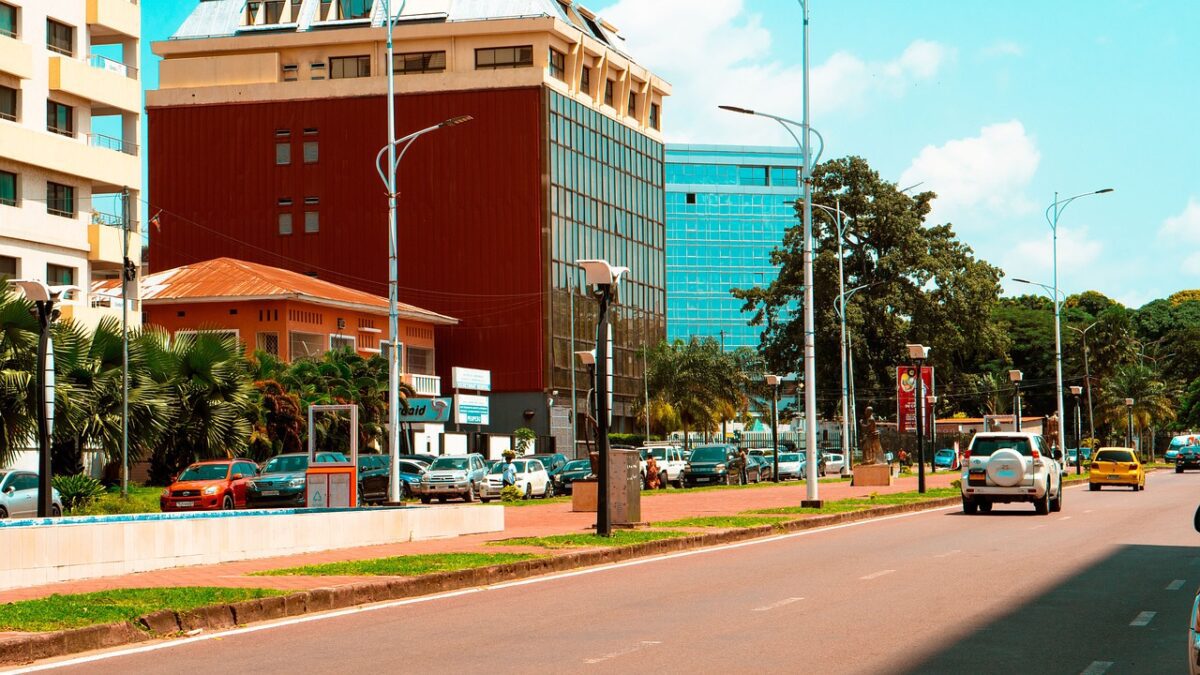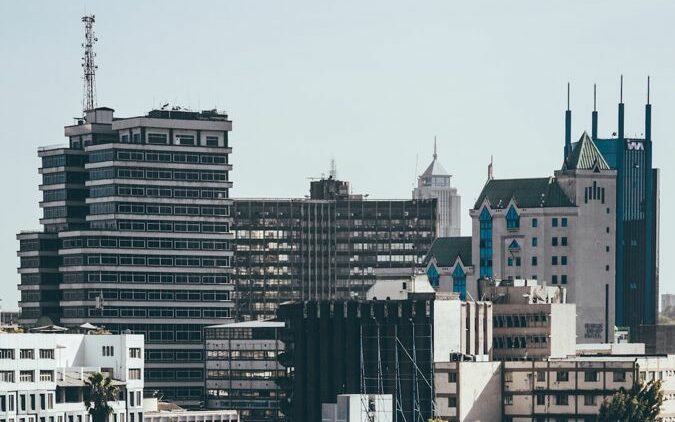Africa, the world’s second-largest continent, is a diverse and vibrant landmass, home to a multitude of cultures, languages, and landscapes. Among its many distinctions, Africa boasts some of the largest and most populous cities on the planet. In this article, we’ll explore the top 9 largest cities in Africa in 2023.
► Kwanzaa, a Celebration of African Heritage to Brighten Your December Festivities
What are the top 9 largest cities in Africa in 2023?

1. Lagos, Nigeria – 15,388,000
Lagos stands as the largest city in Africa, both in terms of population and economic significance. With over 14 million people calling it home, Lagos is a sprawling metropolis known for its bustling markets, vibrant nightlife, and booming tech industry.
It serves as Nigeria’s economic hub, attracting people from all over the country in search of better opportunities.

2. Kinshasa, Democratic Republic Of The Congo – 7,785,965
Kinshasa is the capital city of the Democratic Republic of the Congo in Central Africa (DRC). Both Kinshasa (or “Kin” as it is locally known) and Brazzaville, the capital city of the Republic of the Congo, share the banks of the region’s natural highway, the Congo River (South and North, respectively).
Interestingly, this administrative and population cluster is right next to the deepest part of the world’s deepest river. Kin is a mix of the older, geometrically designed city and the sprawling slums that are the primary driver of the city’s physical expansion (estimated at 8km per year). Kinshasa’s economy (mainly informal) accounts for the vast majority of DRC’s GDP.

3. Cairo, Egypt – 7,734,614
Cairo, the capital of Egypt, is regarded as the second of the largest cities in Africa. Its historic significance as an ancient civilization and its modern importance as a political and cultural center make it a top contender on this list. With the iconic Pyramids of Giza nearby, Cairo draws tourists and scholars from around the world.
Cairo is the capital of Egypt, and while it is the third largest African city, it is the largest urban agglomeration on the continent (estimated at nearly 22 million). Situated on the shores of the revered, life-giving Nile River, Cairo is just North of the Great Pyramids of Giza, which, when seen from above, are contrasted against the infinite layers of infrastructure, both old and new.
Cairo readily celebrates its antiquity, displaying the world’s largest collection of ancient Egyptian artefacts at the Egyptian Museum in Cairo (EMC). Life in Cairo is also very much centred around the present governmental functions, as well as growing commerce connections and industrial production.
READ ALSO: Discover Africa’s top 7 safest places to visit and why

4. Kano, Nigeria – 4,103,000
Heading back to Nigeria, this time in the far North, the ancient settlement of Kano has blossomed into one of Africa’s most substantial cities. The capital of Kano State is an important stop along the trans-Saharan trade route – today and for thousands of years into the past.
Though efforts are underway to diversify the economy, the major drivers of prosperity continue to be trade, particularly the export of agricultural goods (such as cotton, hides and skins, peanuts, and livestock), as well as local retail services and traditional industries such as leather and cloth tailoring (centuries old dye pits are still utilised), metalwork, and pottery.

5. Alexandria, Egypt – 3,811,516
Despite her long and ultimately destructive past, Alexandria has regained its status as a powerhouse of not only Egypt but the whole Mediterranean region according to World Atlas. Founded by Alexander the Great in 331 BCE, this legendary port city sits just 114 miles North of Cairo, on the Southern shore of the Mediterranean Sea, on the Western limit of the Nile’s delta.
Given the city’s strategic location and bustling population, it proudly shoulders much of the country’s industrial and commercial economy making it come up as another of the largest cities in Africa. Tourism is also an important draw for the city, with many visitors hoping to plug into a bit of the ancient wonder that radiates from the history books.

6. Abidjan, Ivory Coast – 3,677,115
This former capital of West Africa’s Côte d’Ivoire (Ivory Coast) benefits from its position on both the Gulf of Guinea (which leads into the Atlantic Ocean) and the Ébrié Lagoon. Though officially relieved of its administrative duties in 1980 (replaced by Yamoussoukro to the North), Abidjan is still home to government offices, political institutions, and foreign embassies.
It is also the clear economic capital of the nation and is home to over 1/5th of the Ivory Coast’s population. This French-speaking city enjoys upscale retail and a drive for business that has dubbed it as both “the Paris” and “the Manhattan of West Africa.”
READ ALSO: 9 African countries you can visit on a tight budget

7. Ibadan, Nigeria – 3,565,108
Africa’s seventh largest and Nigeria’s third most-populous city (but largest by geographical area) sits about 80 miles Northwest of Lagos. Ibadan is the capital of the Oyo State and serves as a key hub to bridge the gap between the Southwest coast and the large Northwestern rural region.
Ibadan specializes in agriculture (diminishing slightly but still relatively pronounced for a big city), commerce and handicrafts (independent markets are quite prevalent throughout both the traditional core and beneath the vast expanse of rust-colored suburban roofs), manufacturing, and service industries. The University of Ibadan sports the largest library in the country – a surefire way to attract budding minds.

8. Cape Town, South Africa – 3,433,441
Johannesburg is the largest city in South Africa and the fourth-largest in Africa. Known as the “City of Gold,” it has a rich history in the mining industry, and it continues to be a major economic powerhouse, hosting numerous multinational corporations.
READ ALSO: 9 hidden gems in Africa: Top destinations in Africa you need to visit

9. Casablanca, Morocco – 3,144,909
Casablanca, located on the North African Atlantic seaboard, is Morocco’s largest city and chief port – helping to bridge the gap to Europe. Though the Port of Casablanca is smaller than Tangier-Med (a little way up the coast), it is one of the largest artificial ports on the planet. The Royal Moroccan Navy has also established its primary base here in Casablanca.
The rapid expansion of this city, which kicked off with the French occupation during the early 20th century, has propelled the “White House” into a high-ranking Global Financial Centre and the clear economic capital of Morocco – accounting for the majority of industrial production and bank transactions.



